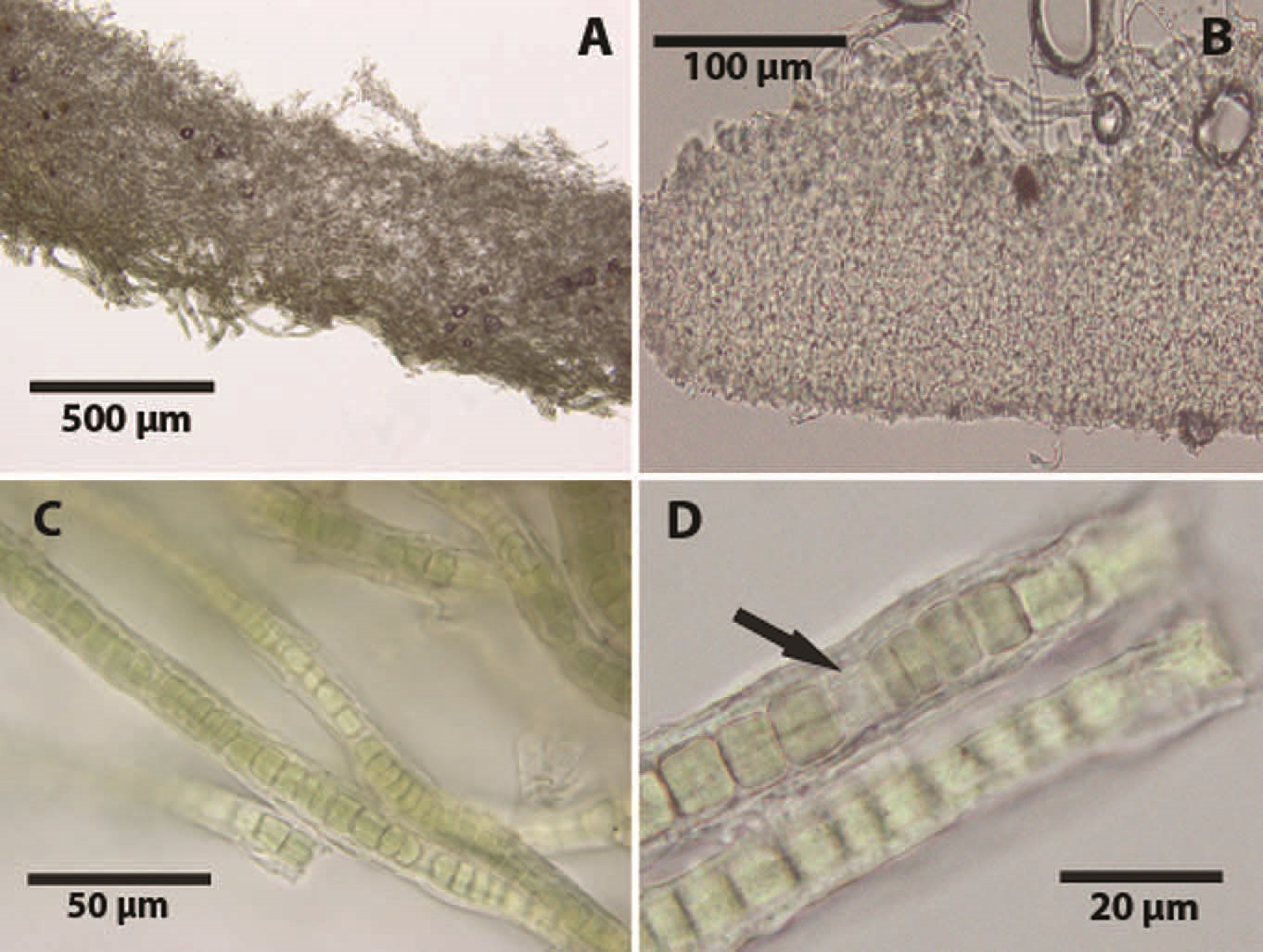Hallucinogenic Lichen in the Amazon
Many fungal groups famously produce psychoactive compounds.

Many fungal groups famously produce psychoactive compounds. Most of these are prominent because they are dangerous to humans, such as are the ascomycete family Clavicipitaceae and several basidiomycete genera including Amanita, Leptiota, and Cortinarius. Many mushrooms are also notable for producing psychedelic compounds, however hallucinogenic lichens are very rare. Harvard researchers E. Wade Davis and James A. Yost were conducting ethnobotanical studies in eastern Ecuador in 1981 when they were informed about such a rare lichen, locally referred to as ‘nɇnɇndape’ that is regarded as taboo because of its psychoactive properties (Davis and Yost 1983). With the help of the endemic indigenous people, the Haorani, they managed to obtain a specimen which is housed at Harvard today. This singular collection remains the only known specimen from this species today (Schmull et al. 2014).

A Lichenologist from the Smithsonian suggested that the species belonged in the genus Dictyonema because its mycobiont is a basidiomycete, but it was never formally described (Schmull et al. 2014). In 2014 a team of researchers headed by Michaela Scmull at Harvard re-examined the specimen to conclusively determine the species’ phylogenetic placement and confirm the presence of psychotropic substances in the thallus.
They conducted morphological, chemical and molecular analyses on the specimen housed at Harvard University, and formerly assigned the name Dictyonema huaorani to the specimen, acknowledging the significant role the local native group had in its discovery. Morphological examination and phylogenetic analysis including sequence data from three loci (ITS, nuLSU, and RPB2) indicates that the species belongs in the paraphyletic genus Dictyonema. Chemical exploration (liquid chromatography-mass spectrometry) was suggestive of the presence of the hallucinogenic compound psilocybin, however, the researchers could not definitively confirm this because of the small size of the reverence collection.
This exciting study exemplifies the importance of well-maintained herbaria and suggests there are many exciting mycological species that are yet to be discovered from the remaining undisturbed ecosystems around the world.
Sources:
- Davis, E.W., and J.A. Yost. 1983. Novel hallucinogens from eastern Ecuador. Botanical Museum Leaflets, Harvard University 29(3):291-295.
- Ketler, A. 2016. A new species of psychedelic lichen found to contain psilocybin and DMT. Collective Evolution. Accessed October 21, 2016.
- Schmull, M., M. Dal-Forno, R. Lücking, S. Cao, J. Clardy, and J.D. Lawrey. 2014. Dictyonema huaorani (Agaricales: Hygrophoraceae), a new lichenized basidiomucete from Amazonian Ecuador with presumed hallucinogenic properties. The Bryologist 117(4):386-394.



 Print
Print Email
Email

